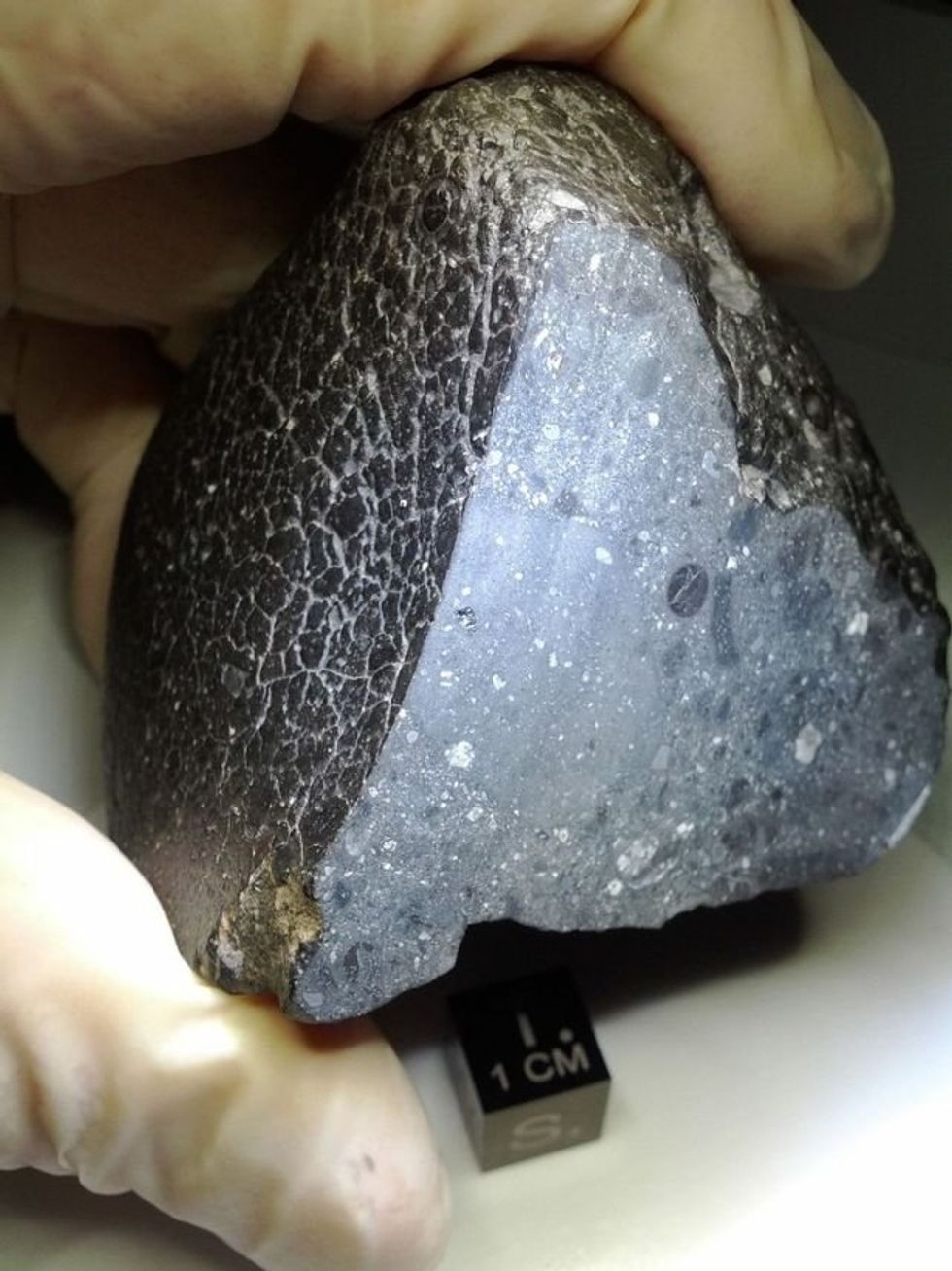Gregory Robinson
Nov 26, 2024
Elon Musk Predicts Tesla Cybertrucks, Optimus Robots Will Be Aboard SpaceX Starships …
Benzinga / VideoElephant
An ancient meteorite has revealed Mars once had very hot water on its surface.
A small grain zircon, a tiny natural mineral, is the oldest evidence that water once existed on the Red Planet.
Researchers say this incredible discovery tells us water came to Mars during the early days of our Solar System in a way that was similar to how Earth got its water, which likely came from asteroids and comets.
The Mars discovery also suggests the presence of hot water could be consistent with the microbial life that survives in extreme environments (extremophiles) that are typically seen in geothermal and hydrothermal environments.
"The emerging picture is that early Mars and Earth had something in common – both were wet,” geologist Aaron Cavosie of Curtin University in Australia told ScienceAlert.
“It is known from analysis of the oldest zircons on Earth that liquid water existed by at least 4.3 billion years ago. We now have evidence for water on Mars that is even older.
"The evidence for early water on Mars is consistent with the abundant evidence for water on Mars during the Noachian period, which lasted from 4.1 to 3.7 billion years ago. There is good geologic evidence for vestiges of life on Earth at this time, so why not Mars if the conditions were similar? These two planets have clearly taken different paths since then."

The scientists at Curtin University made their discovery while studying a famous Martian meteorite nicknamed “Black Beauty” that was discovered in the Sahara Desert in 2011.
The rock was created by rapidly cooled lava and contains 10 times more water than other Martian meteorites that formed 2 billion years ago.
After analysing the chemical composition of the meteorite’s zircon grain which goes back 4.45 billion years, they found ‘fingerprints’ of water-rich fluids. They used nano-scale imaging and spectroscopy, a technique using high-powered microscopes, element patterns including iron, aluminium, yttrium, and sodium were found in the zircon.
“Hydrothermal systems were essential for the development of life on Earth and our findings suggest Mars also had water, a key ingredient for habitable environments, during the earliest history of crust formation,” Cavosie said in a statement.
Zircon is very common on Earth and is found in most igneous and metamorphic rocks. Australia has the world’s largest resources of zircon.
The new discovery sheds further light on our understanding of Mars being habitable in the past.
How to join the indy100's free WhatsApp channel
Sign up to our free indy100 weekly newsletter
Have your say in our news democracy. Click the upvote icon at the top of the page to help raise this article through the indy100 rankings.
Top 100
The Conversation (0)














